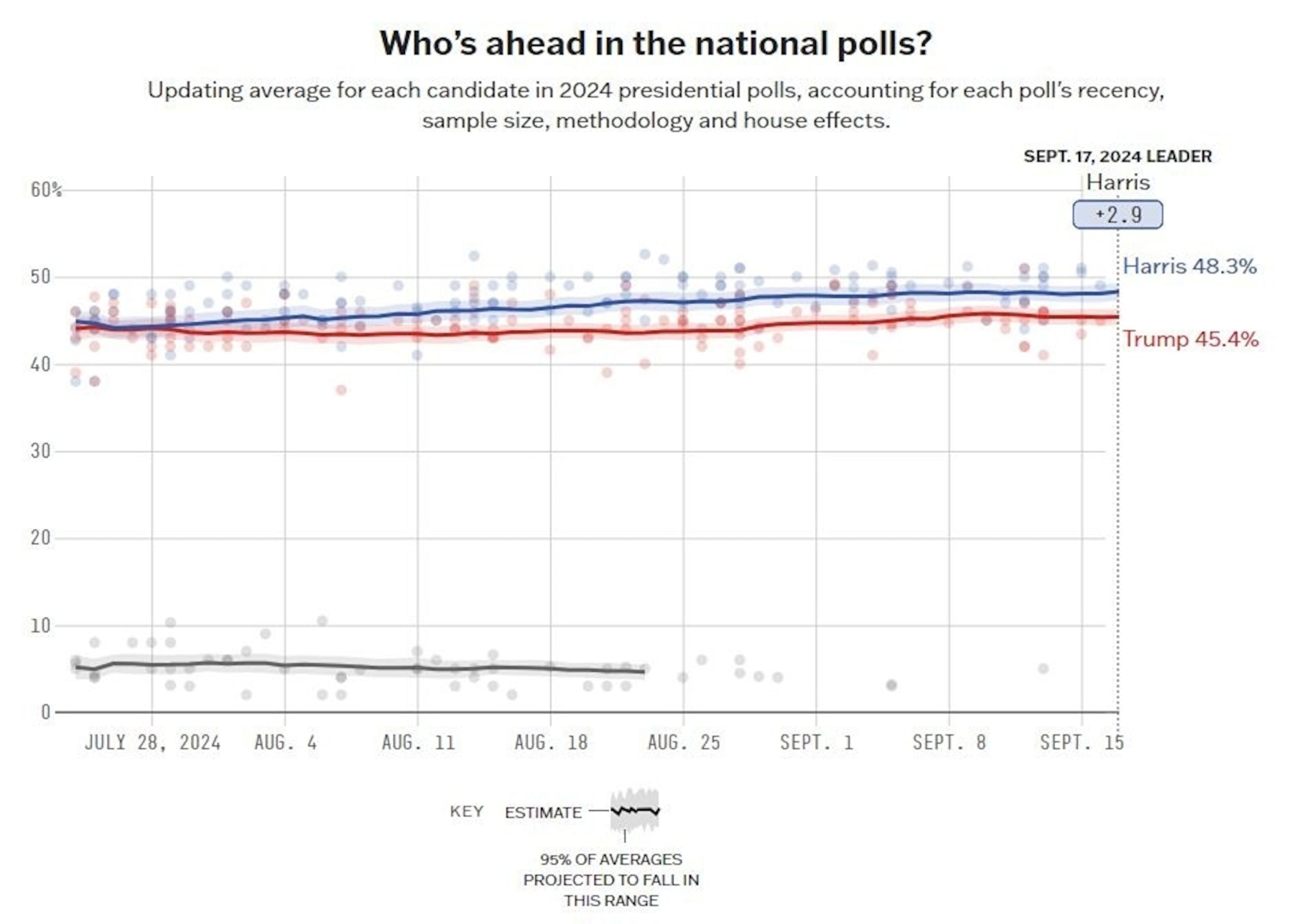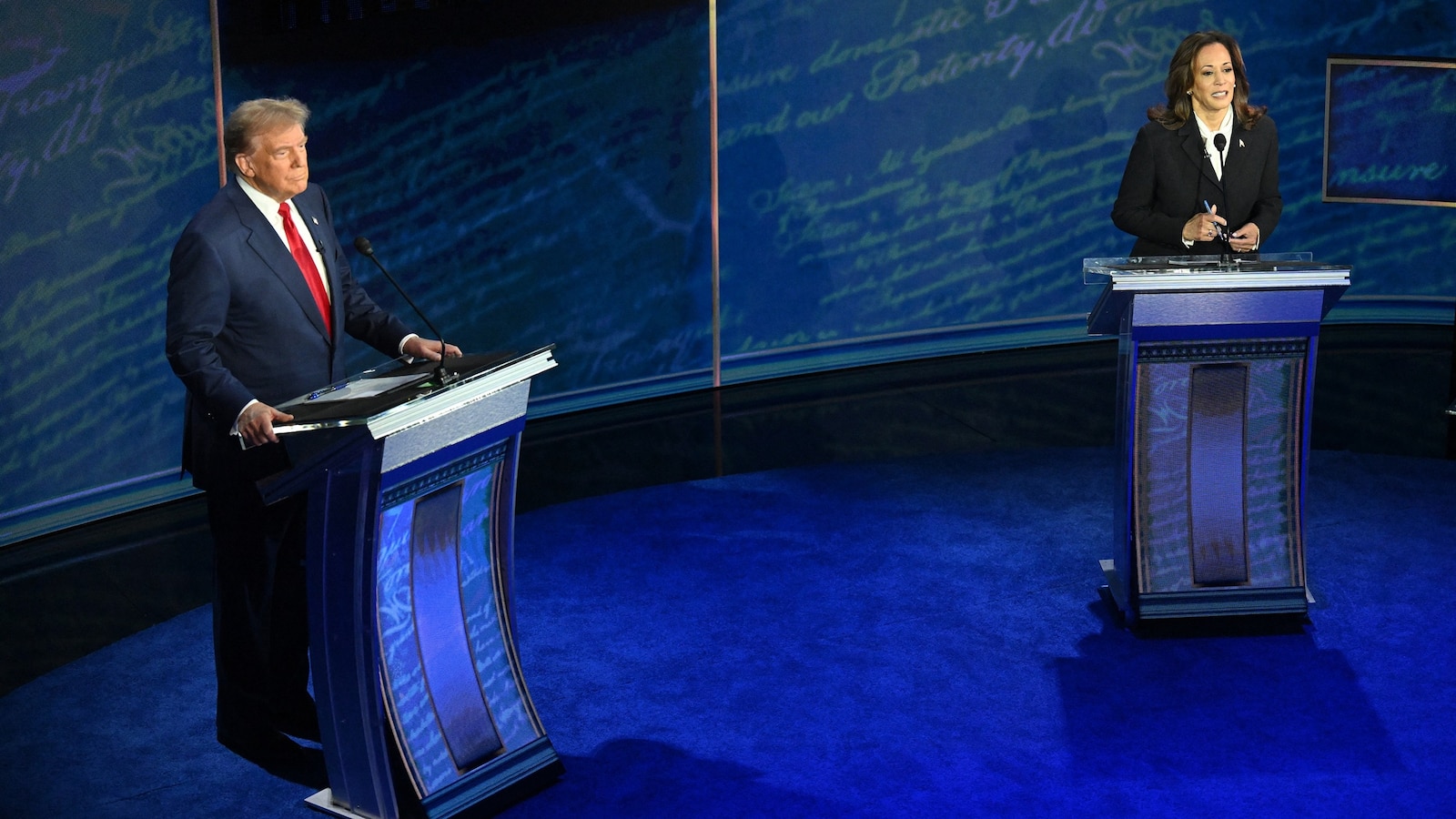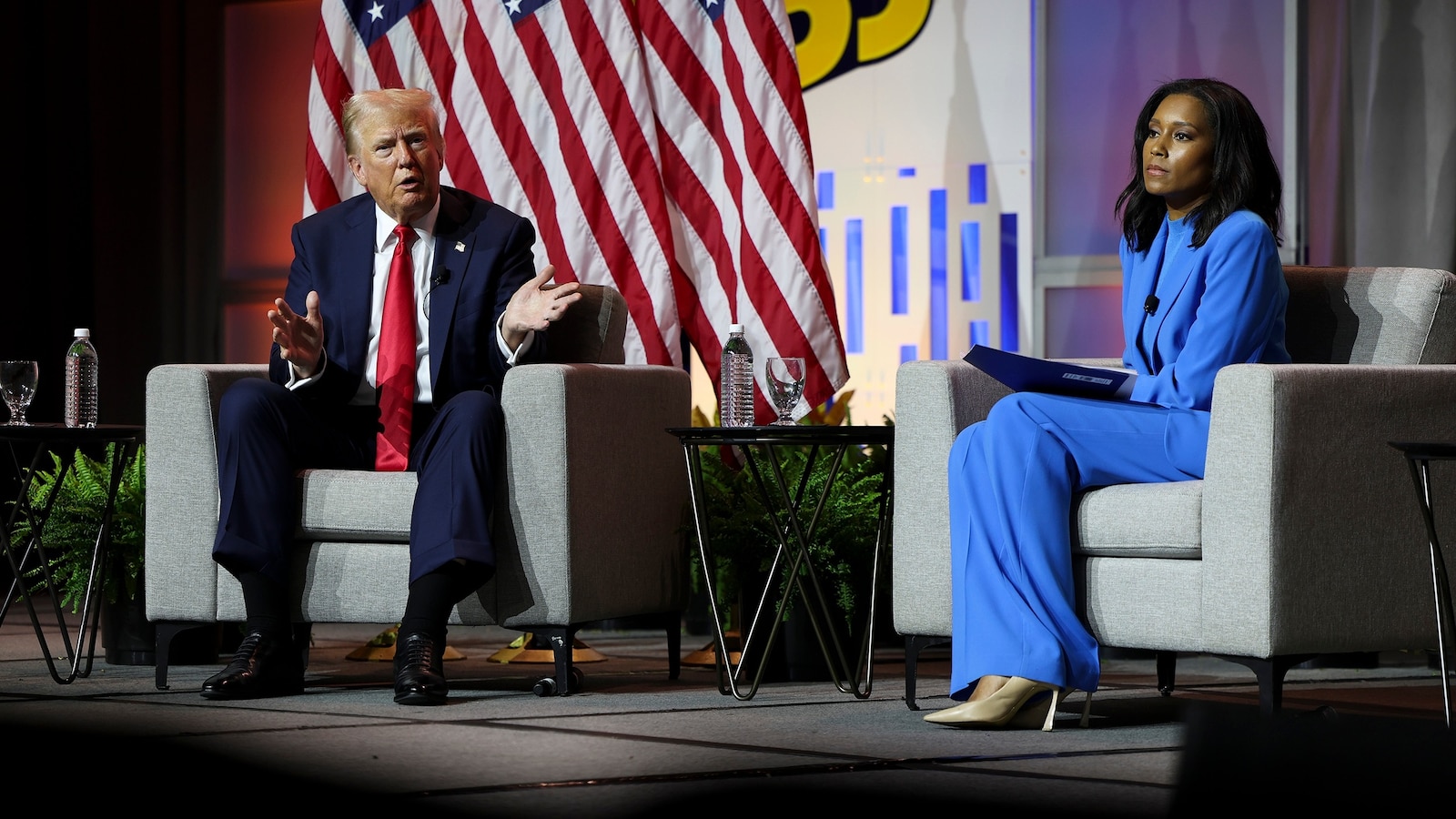
When a shocking act of violence occurs, like the assassination attempt against former President Donald Trump over the weekend, it can be all too easy to slip into despair. And when headlines claim that polls show an alarming number of Americans support political violence, it can start to feel like these kinds of acts are all but inevitable.
But as is so often the case with polling, there’s a lot more nuance to those alarming numbers, and a clear-eyed understanding of the limits of those polls may actually help to turn down the temperature.
It’s true that, over the past few years, polls have shown increasing shares of Americans saying — in one way or another — they may be OK with political violence. Since March 2021, the Public Religion Research Institute has asked Americans in eight separate surveys if they agree with the statement, “Because things have gotten so far off track, true American patriots may have to resort to violence in order to save our country.” The first time PRRI asked that question, 15 percent of Americans said they agreed. The most recent time, last fall, 23 percent did — the first time in two years the share crested 20 percent.
Other recent polls have reported similarly high rates. When asked whether they agree with the statement, “Americans may have to resort to violence in order to get the country back on track,” 20 percent of Americans strongly or somewhat agreed in a March Marist/NPR/PBS NewsHour poll. And a June survey from NORC and the University of Chicago Project on Security and Threats found 7 percent and 10 percent of Americans agreed that the “use of force is justified” to either restore Trump to the White House or prevent him from becoming president again, respectively.
But research suggests these numbers may be exaggerating how many Americans truly support political violence. Polls with a lot of disengaged respondents (i.e., those who were not totally paying attention when taking a survey) are susceptible to overestimating support for violence, and vague questions that don’t specifically spell out what exactly is meant by “political violence” can also skew the results, according to a 2022 paper published in PNAS. Researchers found that, when they adjusted for these flaws by using engagement checks (trap questions to make sure a respondent is paying attention) and more detailed descriptions of acts of violence, the actual support was much lower than previous studies had found.
“Inattentive folks are driving those results up, and then, among the attentive folks, when we provide more specificity about what we mean — basically, ‘Are you really sure this is what you’re endorsing?’ — that’s when we get down to low- to mid-single digit [support] for physical violence,” said Brendan Nyhan, a political scientist at Dartmouth College who works with Bright Line Watch.
When we consider these caveats, the much more likely picture is that the vast majority of Americans — upward of 95 percent — reject political violence. A small minority say they support it, and even fewer say they’d be willing to act on it, Nyhan said.
Within that smaller group, it is difficult to parse out further data (you’d need a very large sample in order to be able to get meaningful takeaways for such a small subset), but there’s a chance other common polling issues are also artificially inflating this number, such as expressive responding — the tendency people have to give an answer that isn’t literally true but conveys a strong emotion (such as when half of young respondents in 2016 said they’d rather a giant meteor destroy the Earth than vote for either presidential candidate).
And having a clearer picture of how uncommon these beliefs are may be beneficial to helping cool our heated political climate as well. In the Strengthening Democracy Challenge — a sweeping effort looking at interventions to protect democracy — researchers found that one of the most effective ways of reducing support for political violence is to challenge partisans’ beliefs that those on the other side were OK with violence. Robb Willer, a sociologist at Stanford University and principal investigator on the project, said that when partisans were asked how much they thought people on the other side of the aisle supported things like using violence to block laws, they would often overestimate the support by 300 to 400 percent.
“We find correcting those misperceptions can lead people to then report less support for political violence themselves, suggesting that a lot of people’s actual support for political violence is retaliatory. It is based on the perception that the other side is ready to support political violence at high levels,” Willer said.
This is why it’s so important to be aware of the limitations of polling on such a complex, heated topic as political violence. Willer and his team also found that calls for unity and the upholding of democratic norms from political elites — what we’ve largely seen in the wake of the Trump assassination attempt — reduce support for violence. With all this in mind, the research supports us all taking a breath and turning the temperature down. For all our differences, the one thing nearly all Americans agree on is that political violence is never justified.
Support for political violence is a complex and contentious issue that poses significant challenges for researchers and policymakers alike. Measuring the level of support for political violence is not a straightforward task, as it involves a range of factors that are often difficult to quantify and analyze. In this article, we will explore some of the key challenges associated with measuring support for political violence and discuss potential strategies for addressing these challenges.
One of the primary challenges in measuring support for political violence is defining what constitutes political violence in the first place. Political violence can take many forms, including terrorism, insurgency, civil war, and state repression. Different individuals and groups may have varying definitions of what constitutes political violence, making it difficult to develop a standardized measure that can be applied across different contexts.
Additionally, measuring support for political violence often involves assessing individuals’ attitudes and beliefs, which can be influenced by a wide range of factors such as ideology, religion, socioeconomic status, and personal experiences. These factors can make it challenging to accurately gauge the level of support for political violence within a population, as individuals may be reluctant to openly express their true beliefs or may hold conflicting views on the issue.
Another challenge in measuring support for political violence is the lack of reliable data sources. Surveys and opinion polls are commonly used to measure public attitudes towards political violence, but these methods may not always provide an accurate representation of individuals’ true beliefs. Respondents may provide socially desirable responses or may not fully understand the implications of the questions being asked, leading to biased or unreliable results.
Furthermore, measuring support for political violence in authoritarian regimes or conflict-affected areas can be particularly challenging due to restrictions on freedom of expression and the presence of censorship and propaganda. In these contexts, individuals may be hesitant to openly express their true beliefs for fear of reprisal or persecution, making it difficult to accurately gauge the level of support for political violence within the population.
Despite these challenges, there are several strategies that researchers and policymakers can employ to improve the measurement of support for political violence. One approach is to use a combination of quantitative and qualitative methods to gather data, such as conducting surveys alongside in-depth interviews or focus group discussions. This can help to provide a more nuanced understanding of individuals’ attitudes towards political violence and identify underlying factors that may influence their beliefs.
Additionally, researchers can utilize innovative data collection techniques, such as social media analysis and text mining, to track online discussions and sentiment towards political violence. This can provide valuable insights into public opinion and help to identify trends and patterns in support for political violence over time.
Overall, measuring support for political violence is a complex and challenging task that requires careful consideration of the various factors that influence individuals’ attitudes and beliefs. By employing a combination of quantitative and qualitative methods and utilizing innovative data collection techniques, researchers and policymakers can gain a more comprehensive understanding of support for political violence and develop effective strategies for addressing this pressing issue.


